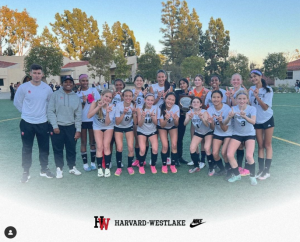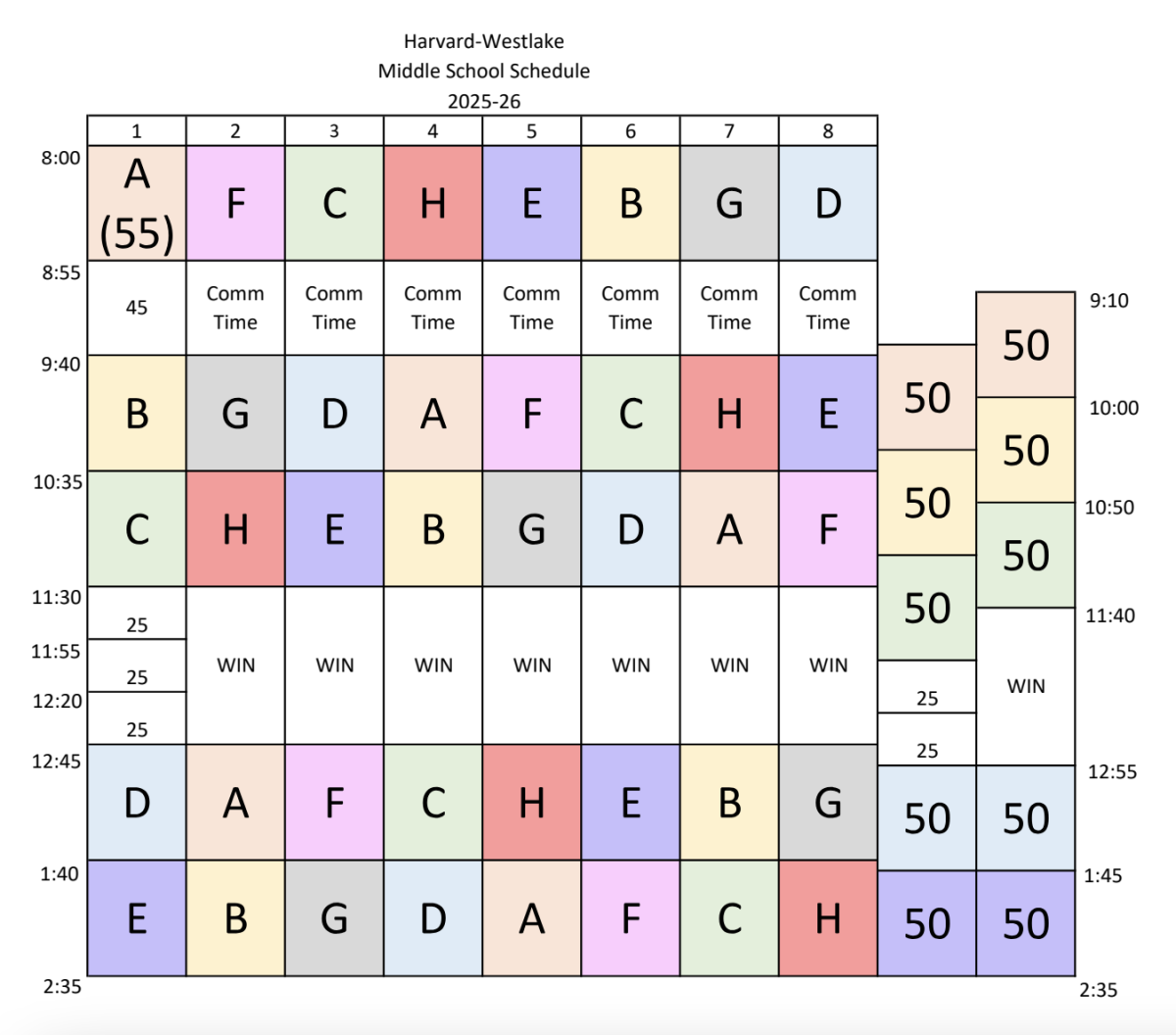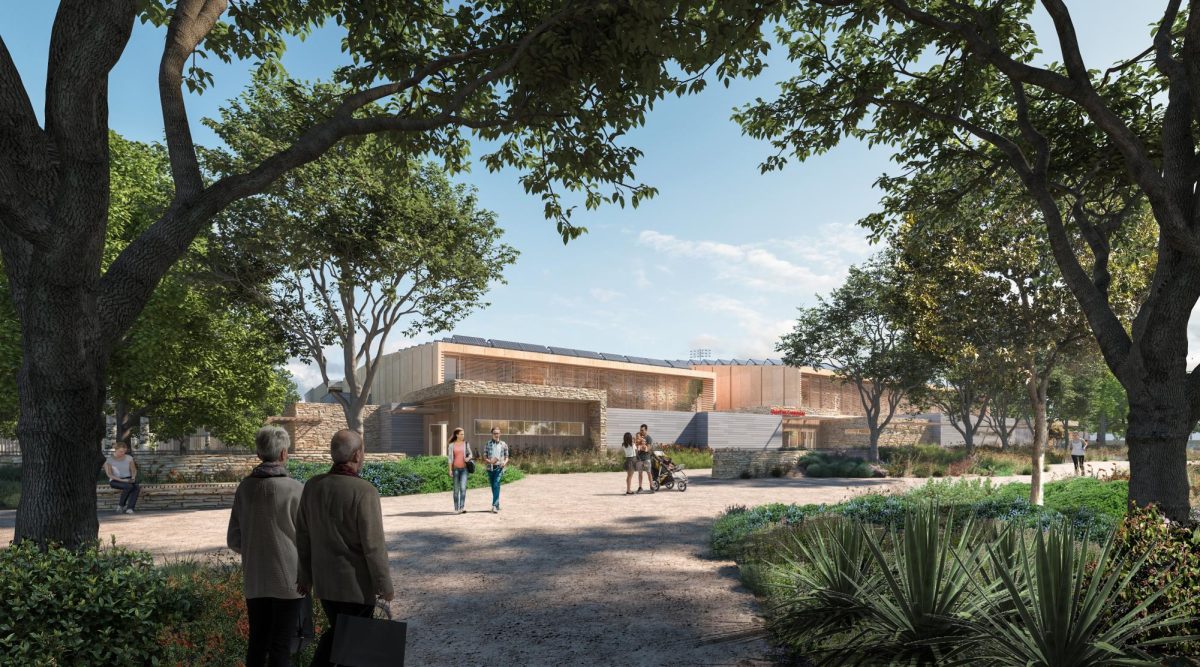As stated by Caroline Albert ’24, a Harvard Westlake (HW) student, “Tiktok, Instagram, Youtube, Twitter, and Snapchat,” are all forms of social media where she has seen a presence of politics. “I don’t remember seeing my apps like this since about eight or nine months ago. One day, all of the sudden I picked up my phone and Instagram was telling me to register to vote.” These ads, features and posts are usually created either by the apps themselves, encouraging some form of participation in government, or by political campaigns such as those of Joe Biden. So far, efforts put in place by companies, Instagram, Snapchat, and Facebook, and by the campaign of Joe Biden have all proved successful in engaging young people in politics.
According to Statista, a statistics company centered around consumer data, around 66% of 18-year-olds to 29-year-olds use the popular social media platform, Instagram. The app is typically a spot where users can post photos, share posts, communicate with others, and upload short videos to a special feature called stories. Around the midterm elections in 2018, the company added a feature where users could add stickers to their stories, telling their followers that they voted.
A couple of months ago, around April, the app once again brought back the sticker to the attention of Instagrammers across the country. Only this time, with a revamped functionality that provides users with numerous outlets to be involved in government. When users click on the sticker on another person’s story, a pull up list pops up where they can find their state and how to register to vote.
Instagram’s added efforts are also present in Snapchat and Facebook, two more social media platforms commonly used among young people. These added features were created in an effort to increase voter turnout by getting people to register to vote.
A typical trend in US elections is that older people vote at a higher rate than younger people. In 2016, only 46.1% of 18-year-olds to 29-year-olds showed up at the polls, according to the US Census Bureau. At the same time, 58.7% of 30-44 year olds casted their vote. These social media applications are trying to increase the number of young voters.
Although election day has not arrived yet, the efforts of these social media platforms have so far proved effective based on user data. As of late September, 3 million users among these platforms had used the application’s features to register to vote according to Axios, a company specialized in media statistics. This number is still in counting as the deadline to register to vote varies in every state, but Instagram, Snapchat, and Facebook are still encouraging voting to make sure that more younger voters do register and show up to the polls than previous elections.
Former Vice President Joe Biden, a candidate of the 2020 presidential election, is also using social media platforms to bolster voter turnout for his campaigns.
Olivia Baradaran ’24 reports seeing a Biden ad on YouTube. Baradaran said, “I usually watch vloggers and then one day, this ad popped up.”
Baradaran said that the video she had clicked on to watch had nothing to do with politics at all, and that the content of the videos doesn’t always correlate with the ad. Vloggers, such as Youtube personality David Dobrik, post funny videos and pranks that teens and young people love to watch. During the MTV Video Music Awards, which can now be streamed on YouTube, the Biden campaign once again aired two ads targeting young viewers who made up the majority of viewers for the show. Biden’s ads appearing on these videos and shows indicate that his administration is making an effort to connect to these young voters and hopefully acquire their support.
A problem for the Biden campaign’s use of YouTube for advertising, evident in Baradaran’s case, is that around 65% of users habitually skip YouTube ads in alignment with numbers produced from IPG Mediabrands.
“I don’t even remember what the ad was about and I’m pretty sure I skipped over it,” Baradaran said.
There is a large number of young people, especially, that avoid watching the ads. In a survey done by YPulse, 82% of members of Gen Z reported that they skipped YouTube ads as fast as they can.
However, the actions of the Biden campaign indicate that the advertising efforts are working and that these ads should continue to be produced and run to reach young voters. During the week of Monday, Sept. 16, $65 million dollars was invested into the production of ads across the country according to numbers the Biden administration gave to CNN. These involved platforms such as YouTube and cable television. Biden’s ads that reach young viewers and the general public have proved effective for his campaign due to the fact that the campaign wants to continue the process.
As technology and social media are evolving, politics have evidently found a new medium to reach voters. Whether it is through a YouTube ad or even a simple Instagram story, young people across the country, like HW students Albert and Baradaran have noticed an increase of political presence on their social media applications.











